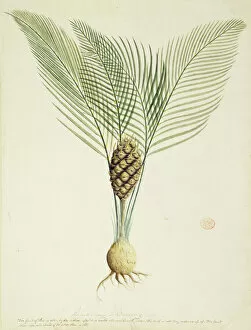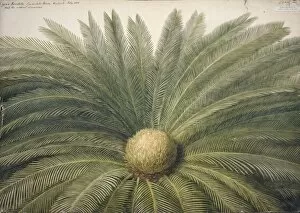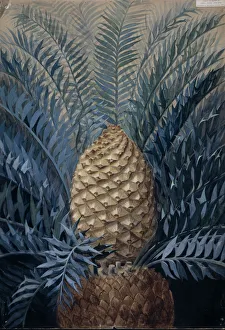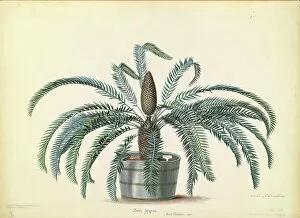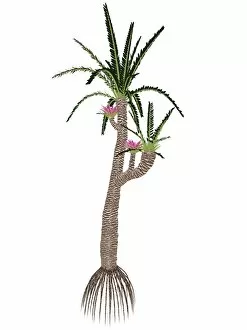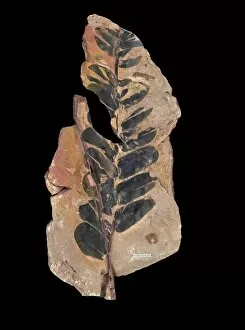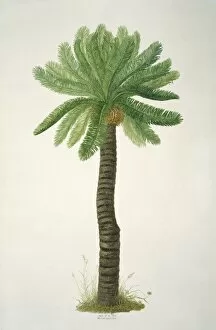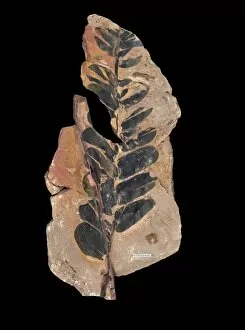Cycadophyta Collection
"Cycadophyta: A Fascinating World of Ancient Plants" Step into the enchanting realm of Cycadophyta, a diverse group of ancient plants that have stood the test of time
All Professionally Made to Order for Quick Shipping
"Cycadophyta: A Fascinating World of Ancient Plants" Step into the enchanting realm of Cycadophyta, a diverse group of ancient plants that have stood the test of time. From the majestic Macrozamia communis, also known as burrawang palm, to the striking Encephalartos horridus, Eastern Cape blue cycad, these botanical wonders captivate with their unique features and rich history. Zamia pungens showcases its resilience with its sharp spines and ability to thrive in harsh conditions. Meanwhile, Cycas revoluta, commonly called sago palm, graces gardens worldwide with its elegant fronds and ornamental value. Delve deeper into the past as you encounter Zamites gigas - an extinct species whose fossilized remains tell tales of a bygone era. Marvel at Cycadeoidea marylandica's fossil form which provides valuable insights into prehistoric ecosystems. Aesthetically pleasing against a white background are cycads like Williamsonia gigas – a towering prehistoric tree that once dominated landscapes. The timeless beauty continues with various cycad species showcased on pristine backgrounds – each highlighting their distinct characteristics and allure. As we explore this captivating world of cycads, let us appreciate their significance in Earth's evolutionary journey. These resilient plants have witnessed countless changes throughout history while remaining steadfast symbols of endurance and adaptation. Join us on this botanical adventure through time as we unravel the secrets held within each leaflet and marvel at nature's remarkable ability to create living relics from eras long gone.

